How to Care for Your E-bike Battery in Winter?
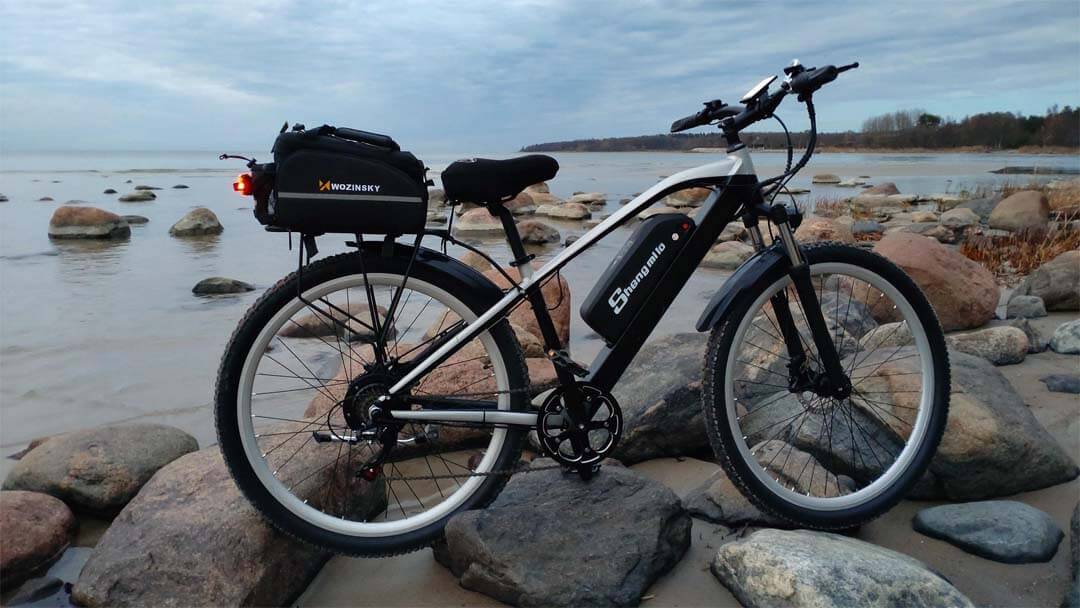
Fewer people are riding e-bikes as temperatures drop. However, many people still plan to use e-bikes for commuting and recreation during the coronavirus pandemic. We also give you some tips for keeping your e-bike charged and the e-bike itself dry.
Why do e-bike batteries have a shorter range in winter?
On e-bikes, there is no such thing as bad weather. The frame and internal components are completely sealed from the elements and can operate across a wide temperature range. However, the battery did not perform well in the cold. Capacity and voltage drops in cold climates will reduce the range. If you answered "yes," please explain your reasons. A liquid electrolyte containing lithium ions powers the bicycle's electric motor. As the electrolyte cools, its conductivity decreases as it thickens, becoming more viscous. As a result, the movement of lithium ions from the anode to the cathode is slowed, and vice versa. When the temperature drops below -20 degrees Celsius, the normal output of the battery is reduced by about half. Electric bikes are not allowed to travel to the North and South Poles.
These 8 tips will help you get your electric bike batteries charged all winter.
Extreme temperatures can damage the battery. Their "sweet spot" temperature range is between 10 and 20 degrees Celsius. Therefore, the battery should be kept at room temperature and loaded into the e-bike before you set off.
Store the battery indoors
If you store your e-bike's battery in a cold, unheated garage or shed, its battery may suffer. In extremely cold conditions, the gel inside the battery can solidify, reducing the usable range and making it less suitable for early morning rides or commutes.
We recommend removing and reinstalling the battery to charge indoors when the e-bike is not in use, which is one of the best ways to extend the life of your e-bike's power supply during the colder months.
The e-bike itself does not need to be brought indoors in winter; you can store it like a conventional bike. However, the battery should be stored indoors and only needs to be charged normally before riding the e-bike.
If the battery cannot be removed, bring the e-bike indoors for storage. If you live in a warm climate, keeping the battery in a cool, dry place is essential.
Use the charger supplied with Shengmilo to charge the indoor battery
Due to the temperature sensitivity of the battery, riders in the winter will generally have less range on a single charge than in the spring or summer. However, you can mitigate its effects by following the steps below.
Do not fully charge the e-bike battery if it has been idle for more than two weeks. Shengmilo manufacturers recommend charging no more than 60%. As a full charge continues, battery life decreases, limiting your range. It's no big deal if it's just for a few weeks, but the cost of expanding the range can add up quickly.
Likewise, never attempt to charge an incompatible battery. The battery may be damaged if you use a different charger.
Remove the battery when not in use
If you don't like riding in the winter and your e-bike will sit idle for a while during the colder months, we recommend removing the battery, charging it to about 60%, and storing it in a dry place at room temperature until you're ready to ride again.
Entering the battery through the contacts when the snow melts into water is the most common cause of battery failure in winter. If you and your e-bike get wet, removing the battery (if possible) will dry out the contacts, extending the life of the battery.
Keep the battery well-maintained
Battery maintenance is another important issue that has nothing to do with the weather. If you want the battery to last as long as possible, you must periodically discharge it to zero. It is recommended that you do this activity at least every three months. If you strictly follow this procedure, you will be able to help maintain and protect the maximum charging capacity.
Don't let the battery get wet
Maintaining good e-bike battery life depends on staying dry. Yes, it may seem obvious that your e-bike battery shouldn't be submerged in water. Melting snow in winter tends to form puddles, so you may need to be a little careful. When it's inside, try to store the battery in a dry place. A basement with a dehumidifier might work.
By the way, it's not a bad idea to buy a neoprene cover for your e-bike battery to help keep it dry. Otherwise, just do a quick wipe-down of your e-bike and battery when you get home.
Clean your e-bike and battery
It is impossible to ride an electric bike in winter without getting wet and dirty. There is no risk to the battery as the bike is designed to be used in wet conditions. That being said, you may find that your e-bike needs to be cleaned more often than usual after a ride.
When cleaning e-bikes, avoid using a pressure washer on your e-bikes. Instead, hand-wash the e-bike with a damp cloth to remove all dirt (we recommend doing this with the battery installed to protect the terminals and keep other electrical components in good condition and away from water). When removing the battery, be sure to clean the stand and remove any accumulated debris. They are designed to remove excess water from the battery, but they won't work properly if the water used is dirty.
Different assist levels
When the temperature drops, it's best to slow down and not push too hard. It is recommended that you use a lower gear and pedal more often. The ideal range for cadence is 70 to 80 revolutions per minute (rpm). As long as there is a quick succession of starts and stops, more energy is consumed. Keep your footing for as long as possible. This maximizes the efficiency of the battery in an e-bike. When we sweat when it's cold, it helps our body gradually warm up.
Take it easy; don't worry about catching a cold while riding
Don't let what we've said so far stop you from biking in the winter.
Lithium batteries emit a small amount of heat when in use, helping to keep the internal temperature above 5 degrees. You must understand that the cold won't damage your battery; following our recommendations will get you the most out of your battery.
Don't let Europe's icy roads dissuade you from riding an electric bike; they're durable. The battery can withstand winter riding without any issues.
Above are some practical and simple tips for keeping your battery in good condition and working properly during the winter. Winter is always a good time to take extra precautions with e-bikes and their batteries. You need a bike to have a battery. Thoroughly clean your bike and inspect the battery for damage while storing it. This winter, make sure to inspect your e-bike. Check that all your lights are working as the days are getting shorter and the nights are getting longer compared to the summer. Keep your bike clean to prevent dirt from depositing on it. This is possible in unrestricted, open, and dry areas. After that, oil the chain to keep it in perfect condition.


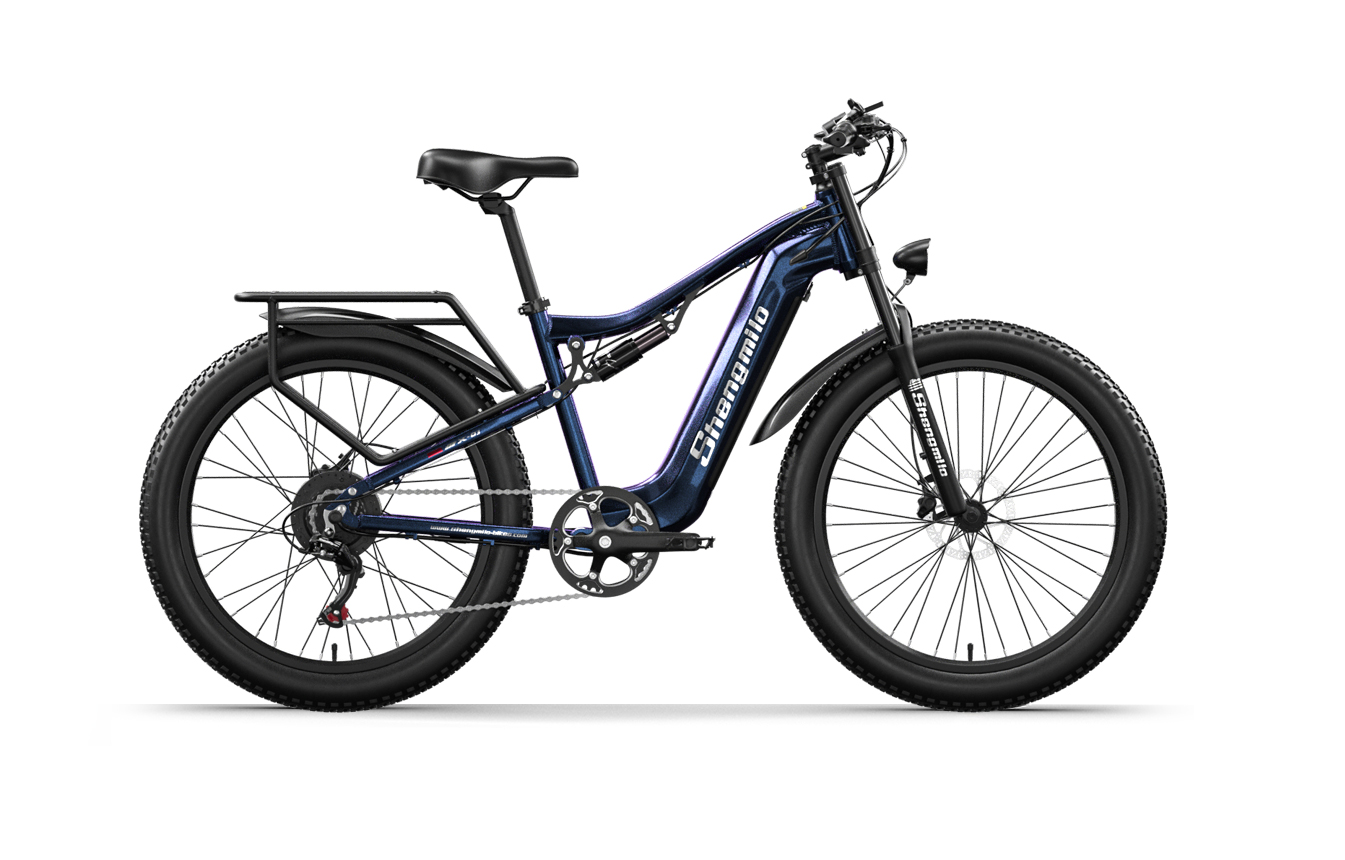
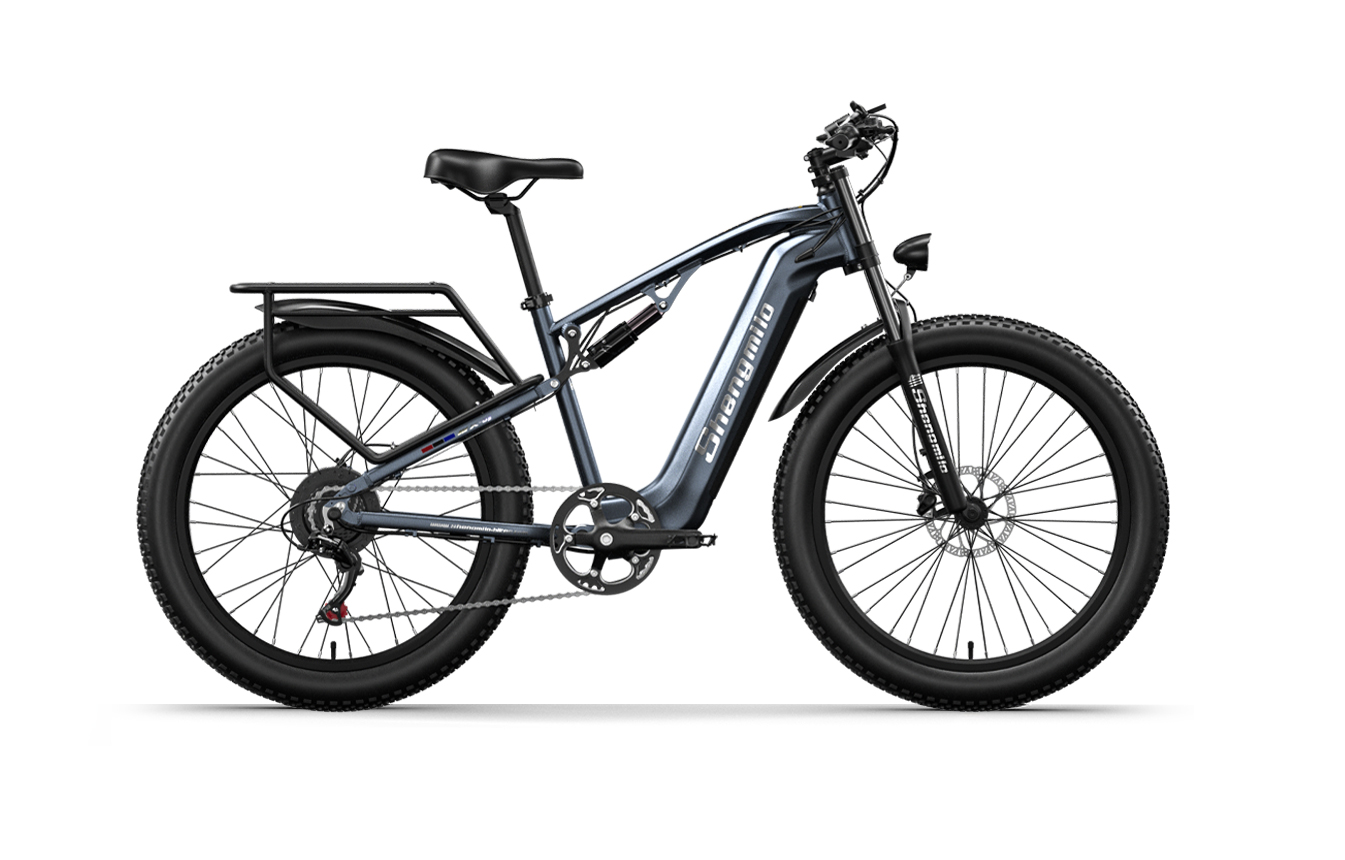



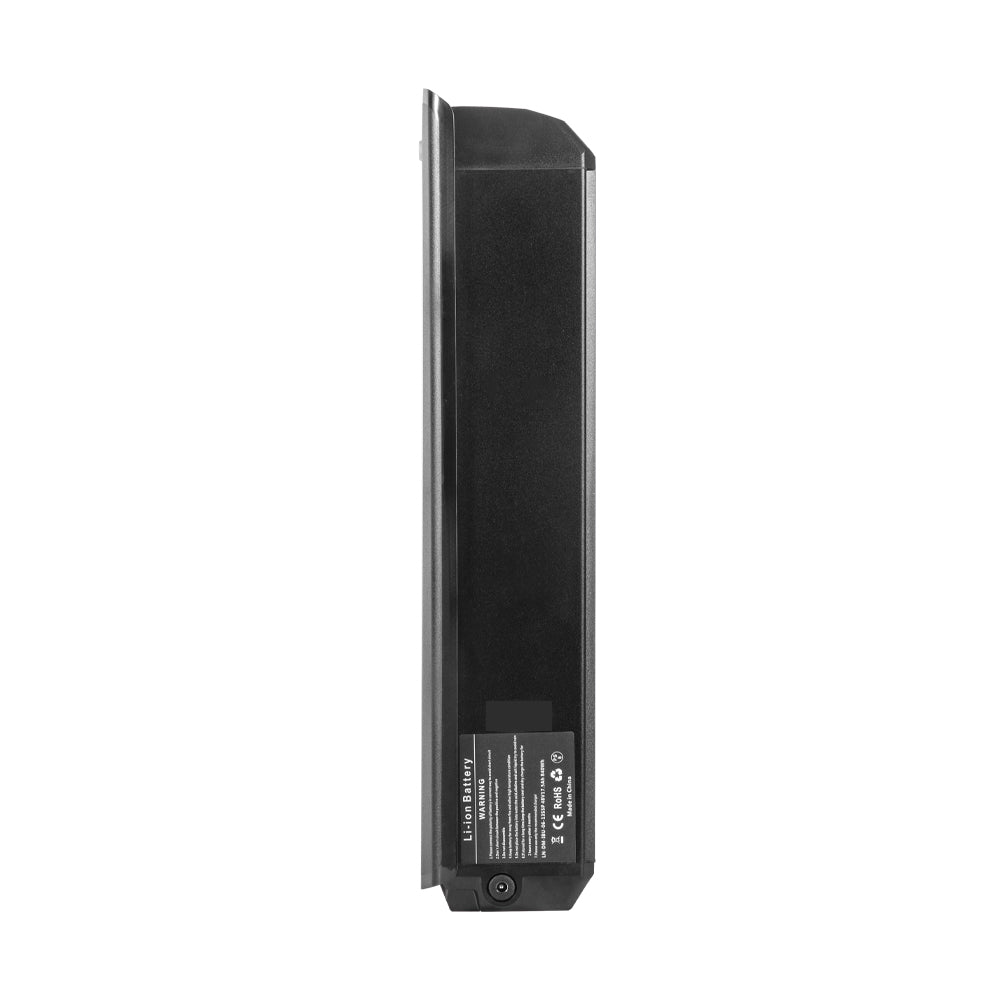

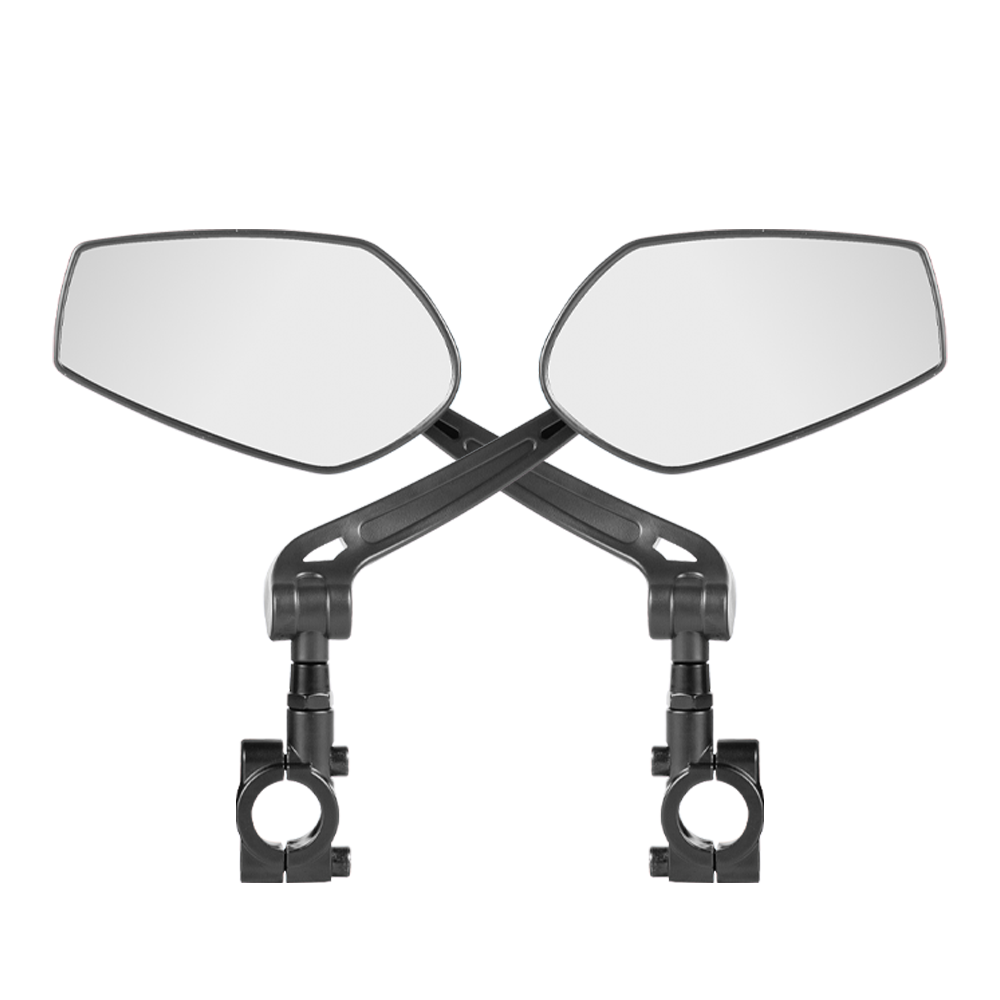


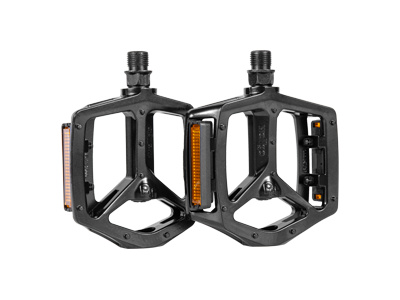
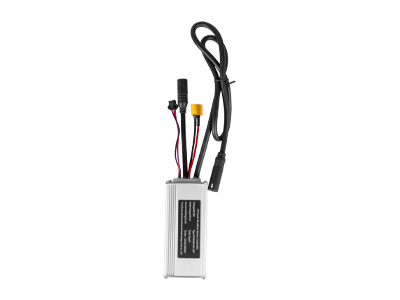







Leave a comment